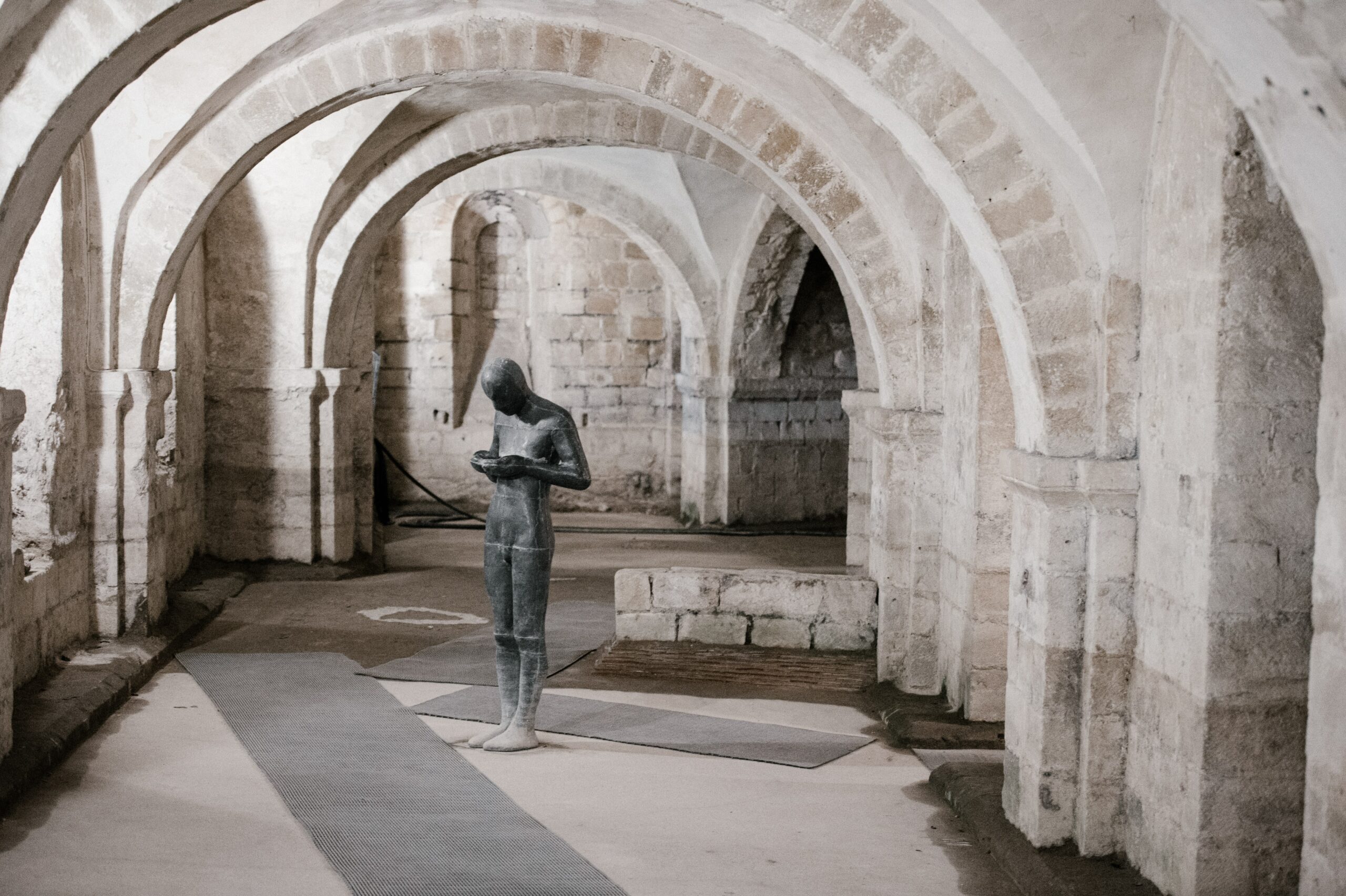Cathedral of Winchester: The Ultimate Guide to Building Your Dream Home

If you want to build your dream home, you need to understand the basics. You must know what you need to look for in a home, how much a home costs, and where to look for a house. There is more to home buying than simply looking at a house or searching online. Before you begin home building, you need to understand what you are looking for in a house.
You need to think about what you need, what you want, and what you don't want. When you know what you are looking for, you can make sure that the home that you buy is right for you. There are four things that you need to consider when you are looking for a home.
Winchester Cathedral: One of England’s Most Famous Cathedrals
The most famous cathedral in England is Winchester Cathedral, which is located in Winchester, Hampshire, England. Winchester Cathedral is the largest cathedral in England and one of the most important religious sites in the country. There is also Jane Austen's grave and saint Paul cathedral designed stained glass windows in the early church.
How a Medieval Village Made Its Home Safe from Plague
The plague of 1348 is one of the most severe plagues in human history. The Black Death spread from Asia to Europe in 1347, killing about 25 percent of the population. As many as 60 million people died worldwide, in some places up to 90 percent of the population. The plague was devastating to the economy and disrupted the lives of Europeans of norman bishop.
The plague was particularly deadly in crowded urban areas, where it took off quickly and was spread by rats. People who survived the initial infection were vulnerable to the secondary infections that caused bubonic plague. While the epidemic was widespread, it did not last very long. After a few years, the pandemic subsided. The cause of the Black Death remains a mystery. The most likely explanation is that the bacteria responsible for the disease, Yersinia pestis, mutated into a strain that was less virulent. This mutation allowed the bacteria to enter the human population more easily and therefore spread more quickly.
The 10th-Century Medieval Cathedral
With No Doors Or Windows Built To Outlast A Nuclear Bomb. It’s Still There Today. The 10th-Century Cathedral With No Doors Or Windows Built To Outlast A Nuclear Bomb. It’s Still There Today. is a documentary about the life and times of a simple medieval church. It was built in the year 1000 AD as a simple stone building with no doors or windows. The building has survived intact for nearly 1,000 years, despite the fact that it was buried under tons of rubble from the surrounding city after it was destroyed by a nuclear bomb during World War II in great west window UK's finest illuminated manuscripts.
Winchester Cathedral - A Tour
Winchester cathedral grounds is a large, Gothic cathedral located in Winchester, England. It is the seat of the Bishop of Winchester, who is the diocesan bishop for the city and county of Winchester.
Winchester Cathedral is considered to be the finest and largest Gothic cathedral in the world. It is the tallest cathedral in the world, standing high. The cathedral is dedicated to Saint Swithun, a 7th-century saint of the early Anglo-Saxon church. Construction started in 1175 and took nearly 300 years to complete. Construction was halted in 1330 after the Black Death had killed most of the population. Work resumed in the 14th century under the leadership of Thomas Tallis, and the cathedral was consecrated in 1472. The cathedral's spire was completed in 1501.
However, it is the west front that is most famous. It was designed by Giles Gilbert Scott between 1884 and 1889 and was partly influenced by the design of St Paul's Cathedral, London. The building has undergone a series of renovations since its completion, the last being in 1952, which included the removal of the nave roof and replacement of the aisles with glass screens to allow natural light into the interior.
The World's Largest Winchester Cathedral: An Amazing Architectural Mystery Solved
The Winchester Cathedral, located in Hampshire, England, is the largest Gothic cathedral in Europe. With an area of more than 6,000 square meters (65,000 sq. feet), it is also the largest cathedral in the world. It took almost 500 years to complete. The magnificent cathedral was built over several generations between 1250 and 1490 by a succession of cathedral architects.

It is made up of two distinct parts: the nave, which was started in 1220 and completed in the early 13th century, and the aisles, which were begun in 1331. Although the overall plan of the cathedral is a Latin cross, the construction of the aisles differed significantly from the original design. These aisles were never intended to become the main body of the cathedral church, and were designed as a place for the clergy to preach and hold services.
Winchester Cathedral – A Short History Lesson
The history of Winchester Cathedral goes back to the seventh century AD, when the Saxons settled in England. The cathedral was originally built as a Roman temple dedicated to the pagan god Woden. It was destroyed by fire in 875 AD, but was rebuilt between 912 and 920 AD. The first Norman cathedral was constructed around 1030 AD. The present cathedral dates back to 1220 AD, but has undergone numerous renovations and expansions over the years.
The cathedral was almost completely destroyed during the Great Fire of London in 1666. This led to the construction of a new tower and the removal of a large number of stones from the original cathedral. The present day cathedral is one of the largest in Europe, and is famous for its magnificent spires in winchester bible. These were added in the 19th century by the architect, Sir George Gilbert Scott. The cathedral is a popular tourist attraction, as it houses the tomb of the Anglo-Saxon King, Ethelred the Unready, who died in 978 AD.
Winchester Cathedral - How It Got Its Name
How did Winchester Cathedral get its name? This great church in England in south transept was named after a Saxon king named Swithin, who is believed to have converted the Saxons to Christianity. Swithun, or Swithun, was an Anglo-Saxon king who reigned from 604 to 616. His father, Cynewulf, had been baptized into the Christian faith by Gregory the Great, Pope from 590 to 604. Swithun succeeded his father as king, and he ruled for twenty years.
He was succeeded by his brother, Eadbald. According to legend, Swithun became a Christian after hearing the story of St. Augustine, a priest from North Africa who was sent to Kent, England, as the bishop of Canterbury in cathedral tower. The king was so impressed with Augustine's preaching that he decided to become a Christian.
